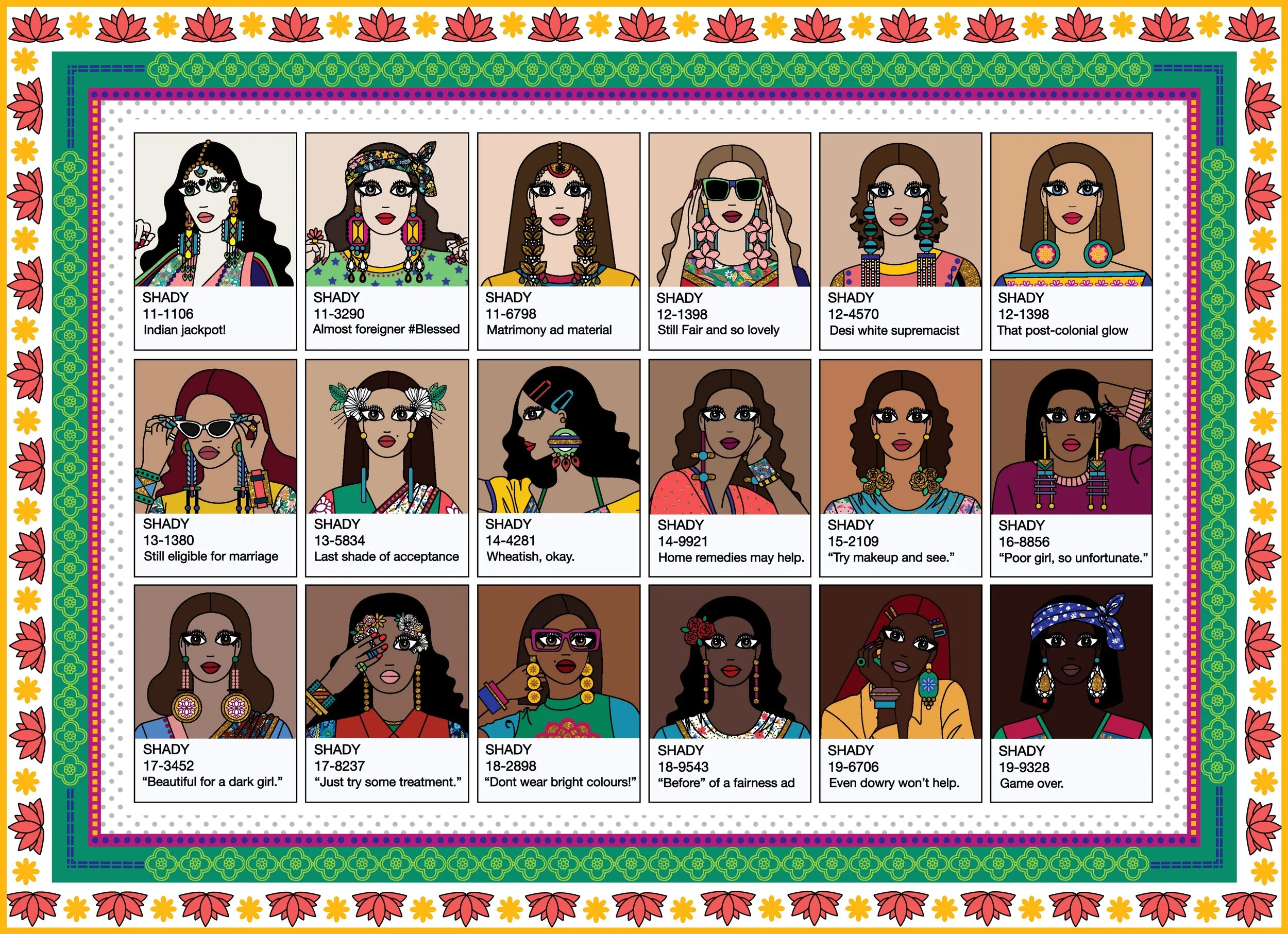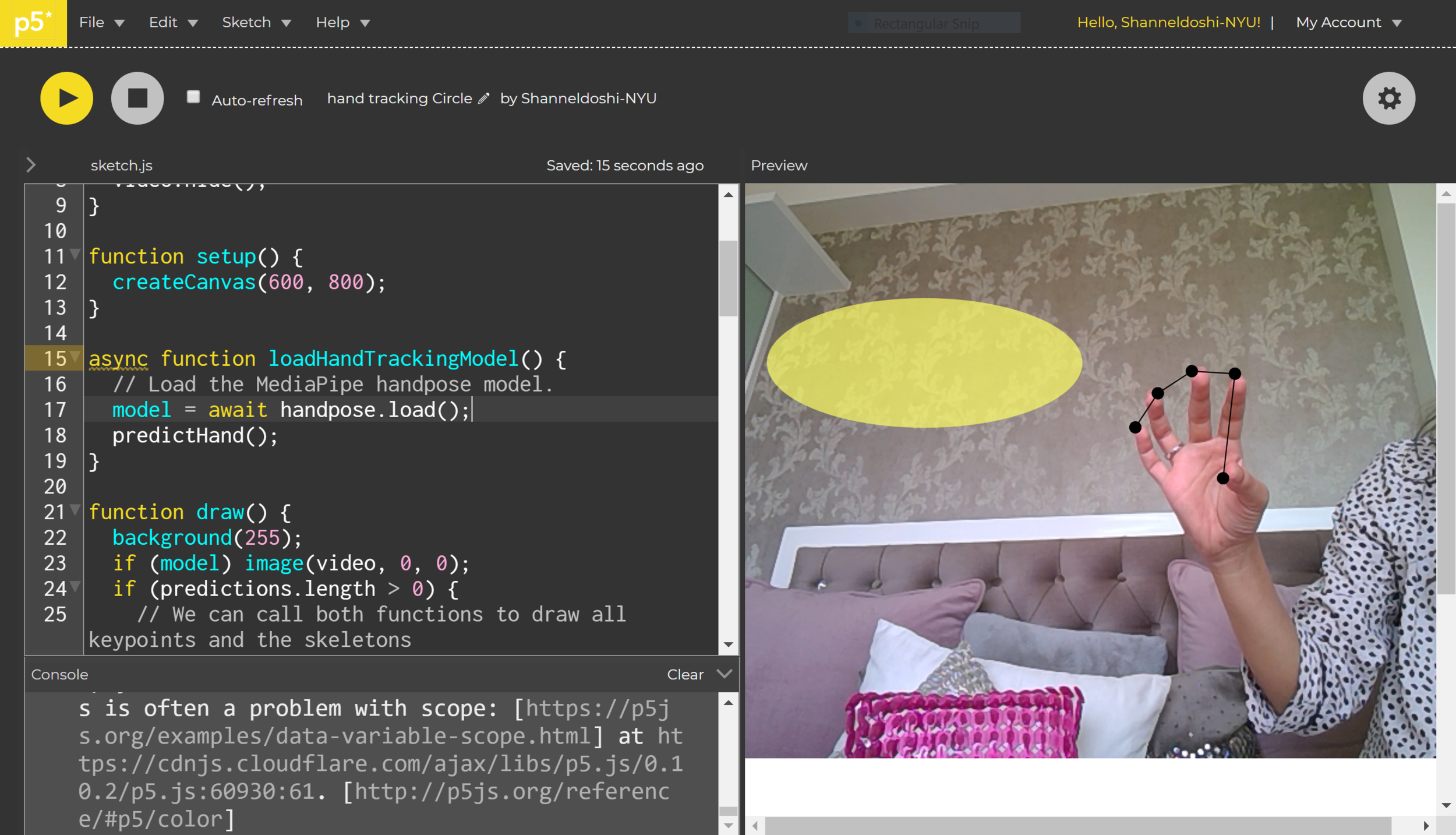Critical Object: Final Project
Topic
For my final Critical Object class, I wanted to work on a topic very close to the Indian culture. Fair skin has long been part of India’s national psyche. The British colonizers were able to build on India’s existing caste system, a socio-economic hierarchy with origins in Hinduism but which now permeates across Indian society. The upper castes like the Brahmins and Kshatriyas were traditionally powerful (and also fair-skinned), while lower castes (including the “untouchable” Dalits) performed manual tasks and had darker complexions.
Colorism also has a pervasive impact on marriage opportunities. India’s skin whitening market is expected to achieve an annual market revenue of $720 million by 2023. It is currently dominated by Fair & Lovely, a fairness cream that was launched in 1975 and which today holds more than 50 percent market share. Fair & Lovely has long marketed itself as the savior for unmarried women to find grooms — and for married women to keep them.
I wanted to explore the idea of Indian culture’s obsessiveness over skin lightness for arranged marriages. It is a humiliating concept of maintaining a light skin color to attract men for better arrange marriage proposals. Having dark skin is a topic of body politics that needs to be addressed within the Indian communities.
Citing (credits): Learn more about India’s obsession with fair skin from this article
Framework and Limitations (not sure)
The limitations that I imagine setting for myself is
an object/device that can be portable and easy to carry around.
An object/device that can be fitted inside a 10x10 square inch box.
The framework I imagine working around is
Attribute: Interactive
Mood: Mockery
APDS9600
I was aware that I had to use some kind of a color sensor for this project, that would detect light skin against dark skin tones. Due to the coronavirus pandemic, I carried a few sensors back to India, including the APDS9600. Without really thinking about the form of my project just yet, I decided to test the APDS9600 to see how it reacts to my skin vs a white box. This was simply to test the possibilities that would help the project shape up.
I connected the APDS9600 pins in the following order:
Vin: 3.3v
GND: GND
SCL: A5
SDA: A4
The arduino had a prepared library to test the RBG values of any object on the APDS9600. The following were the results.
I first tested my hand on the APDS9600 and notices that the RGB values fluctuated between 12-16, 8-11 and 6-8 respectively.
On testing the white box, the RGB values manitained 0,0,0.
Ideation and Development
I was really inspired by last weeks class on uncomfortable interactions. What intrigued me was the idea of leaving the option open for the user to interact with objects/ installations that reflect their mindset towards a certain setting. For eg, the choice of whether of not to pull the trigger, the choice of switching on the mixer of goldfish.
I was really interested to understand how the artist leaves it up to the audience to reflect a certain topic that he/she is intended to bring up. While it is left to the audience of how they want to interact with these uncomfortable installations, the behavior often enforces the reason the artist put a certain installation on exhibit.
I am willing to do something similar of that kind for my final project. The topic of having light skin color is sensitive to the Indian culture and can somewhat also offend audiences if it is misrepresented. I felt like I had to leave that option open the user to interact with my piece in the manner they preferred.
How Indian marriage bureaus work?
Indian marriage bureaus are popular in the Indian culture to set up arranged marriages between two people. They somewhat work like online dating apps wherein you put in details about yourself in a fixed template called a biodata, but instead of an algorithm, a human manually matches you based on the grounds of whether your details fit into someone’s preferences. The difference here is the data that this is collected by these bureaus is typically different than the data you feed into online dating apps. A lot of the data collected by bureaus reflects the obsession of Indian’s preferences for lighter skin color.
Covid-19 limitations!
Due to the pandemic that has struck globally, I feel like I had to rethink my concept multiple times to explain what and how I wanted to execute my project. A lot of restriction on material has somewhat changed the tone of my project, for instance, I would have loved to use a variety of pantone skin color to experiment with my object and express a wider range of possible outputs. However, for the sake of this project, I am going to use white gloves to represent lighter skin tone and also help the APDS9600 to read the values of two colors distinctively, even though I do not imply that
An absolute color of white skin is of RGB values 0,0,0.
All Indians are dark skinned
There would be no option for testing other than white gloves and your own skin color
My portable marriage bureau
Just as marriage bureaus match you with someone and show their availability if their preferences match your data, my portable marriage bureau does the same in regard to the skin color. Except, the user here has the option of wearing a lighter colored glove to feed in the data of their skin color. Even if the user wears the gloves or not, the marriage bureau will still show that there is an availability of people who will be matched to you regardless of your color. The point here is to show that no one is there to judge you based off the skin color that you register with the bureau, there will always be an availability of people who will be interested in you. The output for my object to show the availability would be a green light and an AI voice that congratulates you on finding a match.
To reinforce the idea of having lighter skin color, I painted a couple of gloves with different skin pan-tones for the user to choose from and also added a feature of an engagement ring that pops up when you have found a match! I would have ideally wanted to use and LCD screen to prompt the user to place their hand on the mark, and also declare that they found a match when the wedding bells ring but for now I am writing it down on the front face of the box.













